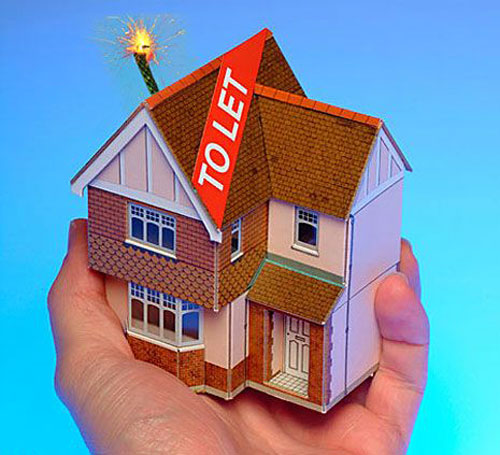Buy to Let
Sub-let your home and risk eviction

One in six renters sub-let their home, and a third don’t tell their landlord
Tenants are turning into landlords, with one in six renters admitting to sub-letting their homes, according to Direct Line for Business.
And the insurer said that a quarter of the sub-letters didn’t check the terms on their lease, while a third didn’t inform their landlord about their sub-letting.
Of the sub-letters who did not inform their landlord, a fifth (23%) got found out in the end anyway, and in 11% of cases the tenant named of the lease was evicted from the property, with 6% losing their deposit.
On the up
Despite the risks, Direct Line for Business’s research reveals that 2016 could see an increase in the number of people sub-letting their properties. One in six renters claim they are thinking about sub-letting part or all of their rented property by advertising on property letting websites such as Airbnb.
Over the last two years, Landlord Action has seen an 18% increase in the number of instructions from landlords with sub-letting cases.
Sub-letting is most common in the North West and West Midlands, where more than a quarter (27%) of private tenants say that have sub-let their properties. Renters in the South East (9%) and Northern Ireland (7%) are least likely to sub-let their properties.
Nick Breton, head of Direct Line for Business, said: “There could be some serious consequences for tenants who sub-let, but landlords need to be aware that in these circumstances there could also be insurance implications. Sub-letting is not covered under most insurance policies, so it’s really important that landlords make their tenants fully aware of the restrictions on the lease and maintain that communication that can help prevent any future breaches.”